Idrw Team
SOURCE: IDRW.ORG TEAM
:quality(70)/cloudfront-us-east-1.images.arcpublishing.com/archetype/S6SVEVXUJVC3VN7CFAVPNHUDPI.jpg)
The recent AUKUS arrangement, a trilateral security partnership between Australia, the United States, and the United Kingdom, has generated significant attention for its primary focus on submarine technology development. However, for India, a country keen to bolster its naval capabilities, the doors to AUKUS do not seem to be opening as hoped. While AUKUS has firmly ruled out the possibility of India’s participation in submarine technology collaboration, diplomatic sources suggest there might still be room for broader technology cooperation under a different pillar of engagement.
India has been actively seeking access to the latest in nuclear submarine technology, primarily for its strategic interests in the Indo-Pacific region. While India had not planned an outright purchase of American nuclear attack submarines, it aimed to secure assistance from the United States in advancing its own indigenous nuclear-powered ballistic missile submarine (SSBN) program. The objective was to bridge the technology gap between India’s submarine capabilities and those of major players like the United States.
Continue readingSOURCE: IDRW.ORG TEAM

Dabolim, Goa, known for its pristine beaches and lush landscapes, is also home to a hidden gem that attracts history enthusiasts and aviation aficionados alike – the Naval Aviation Museum. Situated adjacent to the INS Hansa Naval base, this museum is set to become even more captivating as it prepares to welcome a new addition, the second vintage Ilyushin 38SD Sea Dragon.
This intriguing aircraft, recently retired from operational service, will soon find its place of honor among the exhibits at the Naval Aviation Museum in Dabolim. It’s a significant milestone for the museum, which had previously added a similar vintage aircraft to its collection in March 2020.
Continue readingSOURCE: IDRW.ORG TEAM

The Indian Navy, Twin-Engine Deck-Based Fighter (TEDBF) program is currently undergoing significant design modifications, primarily aimed at aligning it with the Indian Navy’s requirements for a fifth generation “minus,” that is just shy of being classified as 5th gen. While these developments are well underway, it has reignited a pertinent debate within the defense circles of why the Indian Air Force (IAF) is not considering procuring an Air Force variant of the TEDBF. This debate has raised questions about potentially saving time and cost for the nation, sparing the Exchequer from the considerable financial strain required to fund foreign exchange reserves worth nearly $20 billion.
The TEDBF program, led by the Aeronautical Development Agency (ADA), was initially intended to cater to the Navy’s need for a 26-ton Medium class deck-based fighter jet. ADA went a step further by offering to develop an Air Force variant, sans naval landing gears and featuring a hardened rear fuselage, aptly named ORCA. The proposed ORCA variant, boasting a maximum takeoff weight of approximately 23.5 tons, could have placed it in the same league as the formidable Rafale fighter jet. This proposed design, which featured more potent engines and a near-stealth configuration, had the potential to be a game-changer.
Continue readingSOURCE: IDRW.ORG TEAM
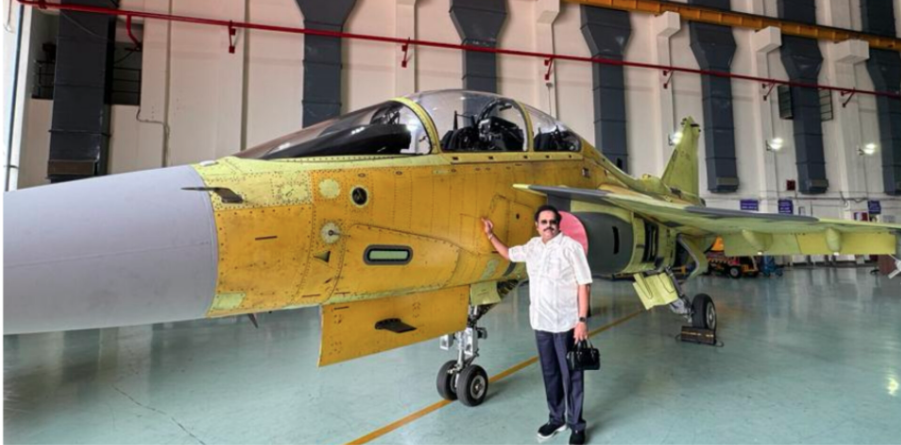
Members of the Standing Committee on Defense made a significant visit to Bangalore, engaging in discussions with representatives from Hindustan Aeronautics Limited (HAL) on the topic of “Modernization of Defense Public Sector Undertakings.”
During their visit, the Members of Parliament had the opportunity to witness several key developments within HAL. Notably, they observed the readiness of the third two-seat LCA Tejas fighter, designated LT-5203. Additionally, the second two-seat LCA Tejas fighter, LT-5202, was observed, seemingly prepared for upcoming deliveries.
Continue readingSOURCE: IDRW.ORG TEAM

The integration of the Kaveri engine into the Light Combat Aircraft (LCA) Tejas has been a long-anticipated project, and while it’s in the works, it seems that the road ahead is still quite lengthy. The Defense Research and Development Organisation (DRDO) has given the green light for limited flight trials involving an older LCA-Tejas LSP aircraft with the Kaveri engine. However, before we see this in action, several crucial steps and challenges lie ahead.
One of the critical requirements for integrating the Kaveri engine into the Tejas is the development of an afterburner module. The current Kaveri engine, in its dry form, lacks this essential component. The integration testing will have to wait until this afterburner module is ready, and it is expected that it won’t be before 2026 that the module gets the final certification.
Continue readingSOURCE: IDRW.ORG TEAM
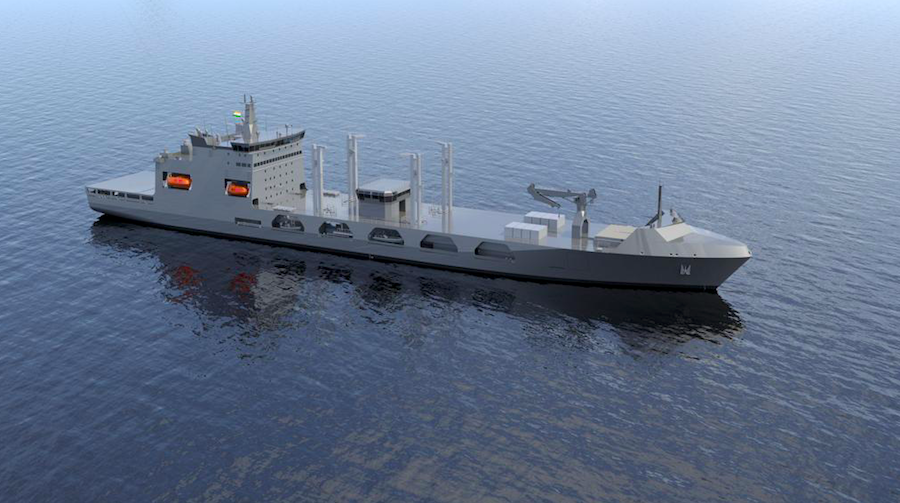
Hindustan Shipyard Limited (HSL), a state-owned shipyard based in Visakhapatnam, is set to enhance the capabilities of the Indian Navy’s Fleet Support Ships (FSS) with the deployment of the advanced Electronic Warfare (EW) System ‘Shakti.’ Developed by the Defence Electronics Research Laboratory (DLRL) in Hyderabad, a laboratory under the Defence Research and Development Organisation (DRDO), the Shakti EW system is designed to provide essential capabilities for the interception, detection, classification, identification, and jamming of both conventional and modern radar systems.
The Shakti EW system represents a significant advancement in electronic warfare capabilities, offering a crucial layer of defense against modern radars and anti-ship missiles. Its primary goal is to ensure electronic dominance and survivability in the challenging maritime battlefield environment. This state-of-the-art system will replace the earlier generation EW systems currently in use by the Indian Navy.
Continue readingSOURCE: AFI
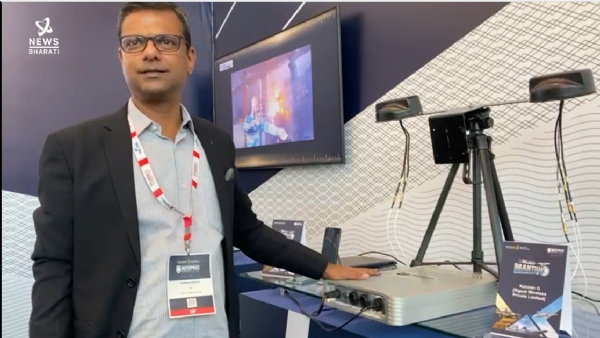
Big Cat Wireless, an innovative leader in 5G technologies, has joined forces with Forge, a dynamic incubator, to embark on a groundbreaking project aimed at transforming the strategic digital communication systems of the Indian Navy. This partnership emerged following Big Cat Wireless’ success in the iDEX DISC 8 Challenge, where they were recognized as one of the winners.
In 2019, the Indian Navy conducted the Theater Level Operational Readiness Exercise (TROPEX), a massive endeavor designed to evaluate the combat readiness of its naval units. This complex exercise involved the participation of over 50 ships, submarines, aircraft, and ground forces. It was a rigorous test of the Navy’s operational capabilities, highlighting the critical role of effective communication systems in coordinating operations seamlessly.
Continue readingSOURCE: IDRW.ORG TEAM

India’s Air Force operates a formidable fleet of aircraft, including the Bison, MiG-29, and Su-30 MKI, which play a pivotal role in the nation’s air defence. These aircraft are equipped with the R-73 E missile, a short-range air-to-air missile of significant importance. In line with the Atmanirbhar (self-reliant) scheme, there is a growing need to manufacture these missiles within the country. To achieve this, the proposal is to produce the R-73 E missiles under the “Make III” procedure outlined in Chapter III of the Defense Acquisition Procedure 2020 (DAP 2020).
The R-73 E missile, known for its exceptional performance, is a critical component of India’s air defence strategy. Developed by the Russian Tactical Missiles Corporation, this short-range air-to-air missile has a range of 30 kilometres, and its latest version, the RVV-MD, extends this reach to 40 kilometres. This missile is designed for dogfights and is capable of engaging air targets from any direction, day or night, even in challenging electronic countermeasure (ECM) environments.
Continue readingSOURCE: IDRW.ORG TEAM
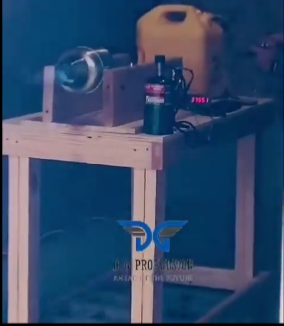
In the bustling city of Amritsar, a trailblazing defense startup, DG Propulsion, is making waves with its innovative mini-jet turbine engines tailored for military applications. With a focus on enhancing the capabilities of unmanned aerial vehicles (UAVs) and bolstering defense efforts, DG Propulsion has introduced a trio of potent engines – DG J20, DG J40, and DG J60 – each designed to meet the unique demands of modern military technology.
Continue readingSOURCE: IDRW.ORG TEAM
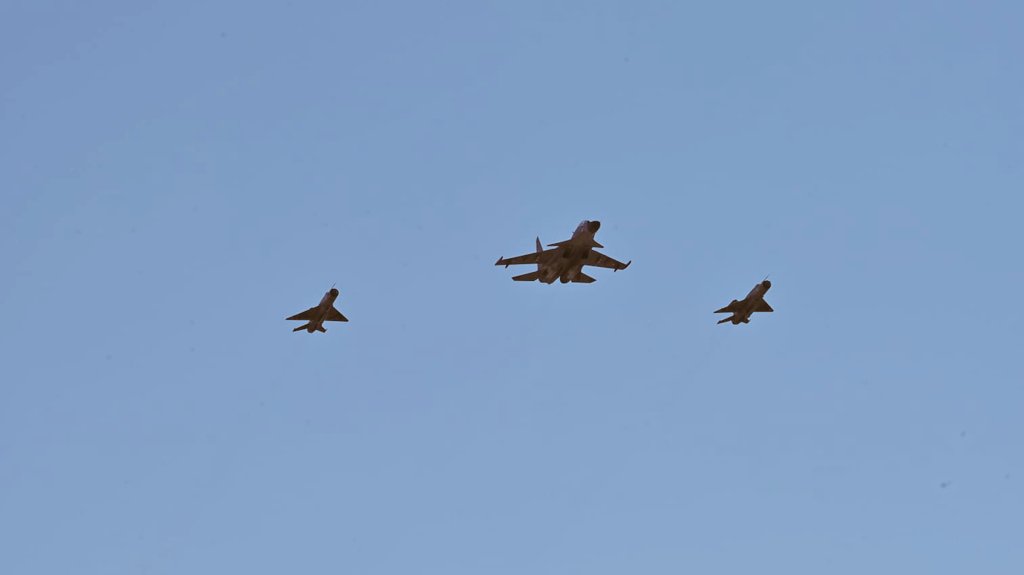
In a poignant moment in the history of the Indian Air Force (IAF), the iconic MiG-21 Bison aircraft took their final flight over the skies of Uttarlai in the Barmer district of Rajasthan. The occasion marked the end of an era as these legendary aircraft soared alongside the formidable Su-30 MKI, bidding a fond farewell to their service in the IAF.
Despite the IAF’s ongoing commitment to maintaining three MiG-21 squadrons, comprising around 50 aircraft, a significant change has been set into motion. With the retirement of the MiG-21 Bison, one of these squadrons, No. 4 Squadron IAF, also known as the “Oorials,” based at Uttarlai Air Force Station in Barmer, Rajasthan, has been officially number-plated. This decision reduces the total number of active squadrons to just two.
Continue readingSOURCE: IDRW.ORG TEAM

India’s defense landscape is undergoing a transformation, with the Indian Air Force (IAF) poised to present a compelling proposal at the upcoming meeting of the Defence Acquisition Council (DAC) under the leadership of Defence Minister Rajnath Singh. The proposal includes a request for approval to acquire an additional 97 Tejas Mk1A fighter jets, Super-30 upgrades for 84 Sukhoi-30MKI aircraft, and other critical enhancements, marking a significant stride in India’s modernization efforts.
The 97 additional Tejas Mk1A fighter jets are a follow-up to the 73 Tejas Mk1A units that received the green light for acquisition in 2021. The IAF, in collaboration with the Hindustan Aeronautics Limited (HAL), is poised to determine whether any substantial modifications are required for these new jets or if they can be tailored to boost indigenous content, effectively minimizing the potential for system obsolescence. This commitment to indigenization reflects India’s resolve to strengthen its self-reliance in the defense sector.
Continue readingSOURCE: IDRW.ORG TEAM
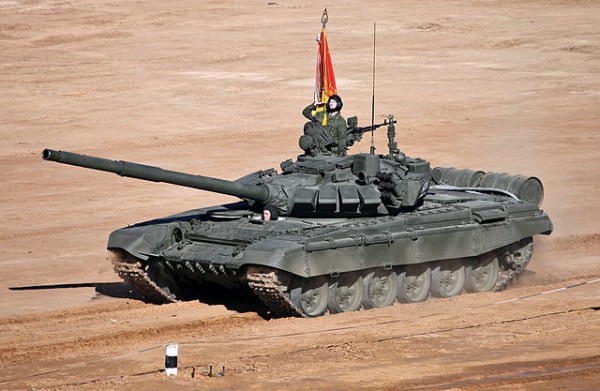
In a strategic move, Armenia is turning to India to tap into its expertise in modernizing Soviet and Russian defense equipment and integrating them with Western systems. This collaboration aims to bolster Armenia’s defense capabilities, particularly in light of concerns about potential regional conflicts.
Armenia operates a fleet of Russian T-72B3 tanks but has experienced significant losses to loitering ammunition deployed by Azerbaijani forces. Azerbaijan’s Defense Ministry stated that the Armenian army lost 260 tanks and armored vehicles, 277 artillery and rocket systems, 60 air defense systems, one S-300 long-range air defense system, 11 command and control and observation posts, and eight ammunition depots.
Continue readingSOURCE: IDRW.ORG TEAM

The Indian Navy is actively exploring collaboration with the private sector for the development of Replenishment at Sea (RAS) and Fuelling at Sea (FAS) capabilities. The primary aim of these initiatives is to enable fleet ships to sustain prolonged periods at sea, bolstering the Navy’s operational capabilities.
RAS and FAS operations involve fleet tankers and auxiliary vessels equipped to replenish ships while they are underway. This replenishment includes the transfer of fuel, provisions, stores, and spare parts, allowing naval vessels to remain deployed at sea for extended durations. These operations are crucial for maintaining the readiness and endurance of the fleet.
Continue readingSOURCE: IDRW.ORG TEAM
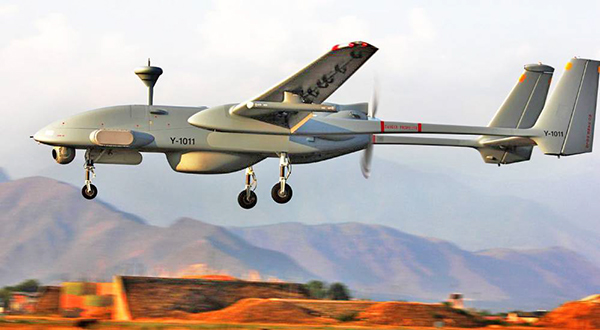
India’s commitment to bolster its defense capabilities continues with Project Cheetah, an ambitious initiative that aims to equip its fleet of Israel Aerospace Industries (IAI) Heron medium-altitude long-endurance unmanned aerial vehicles (UAVs) with precision weaponry developed in India. Under this project, India seeks to enhance the operational capabilities of the Heron UAVs by integrating indigenous weapons systems, fostering self-reliance in defense technology.
As part of Project Cheetah, India plans to develop and integrate an array of indigenous precision weaponry to be carried out in-house after thorough technical studies. These advanced weapons systems are designed to provide the Heron UAVs with enhanced operational versatility and effectiveness.
Continue readingSOURCE: IDRW.ORG TEAM
Hindustan Aeronautics Limited (HAL) has taken a significant step towards self-reliance in aircraft maintenance and spares production by issuing an Expression of Interest (EoI) for the design and development of Line Replaceable Units (LRUs), spares, and materials used in the Su-30MKI aircraft. This initiative is in line with the “Make in India” program and aims to reduce dependence on foreign suppliers for critical components.
HAL’s Nasik division has been actively working on developing indigenous spares for the Su-30MKI aircraft, a crucial step in achieving self-reliance in the maintenance and support of this advanced fighter jet. The issuance of this EoI marks a significant milestone in the organization’s efforts to enhance its self-reliance capabilities.
Continue reading